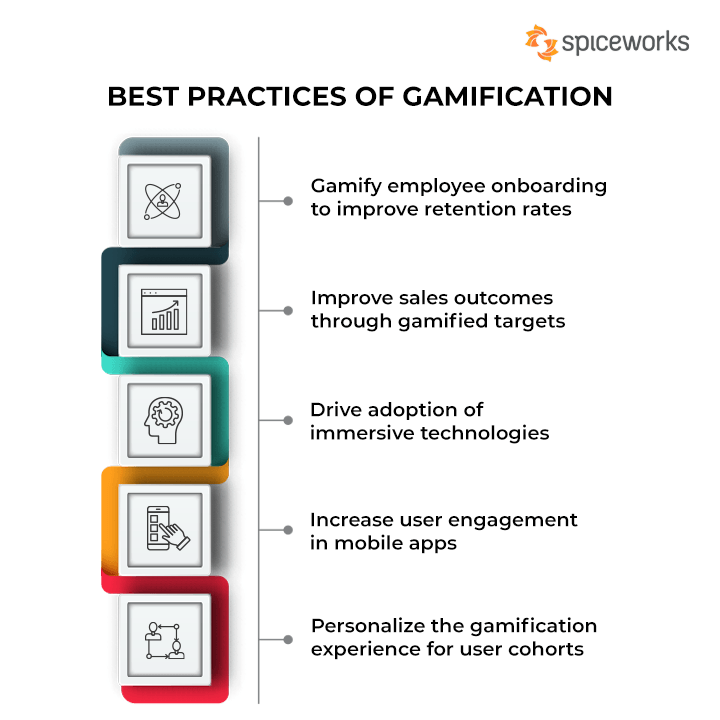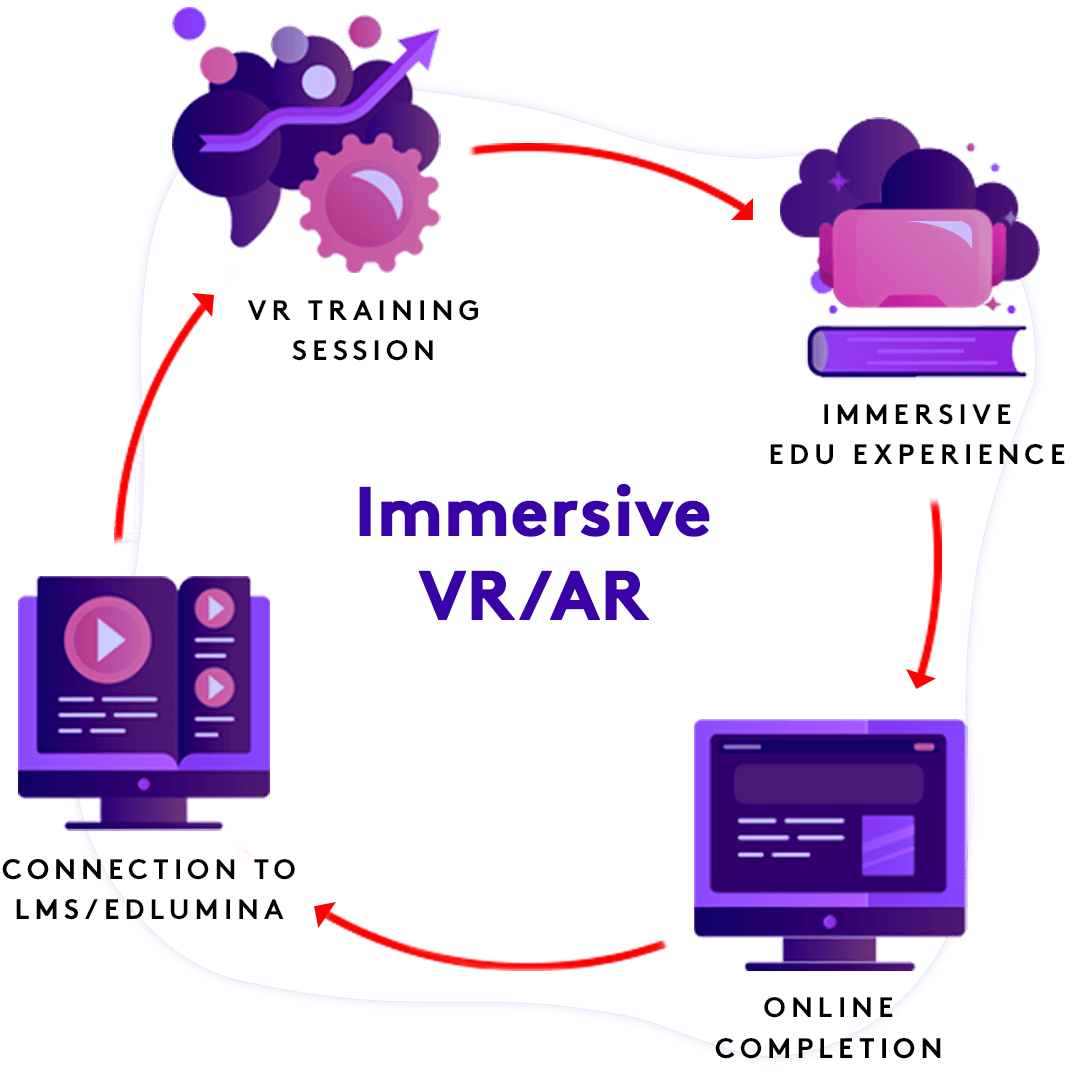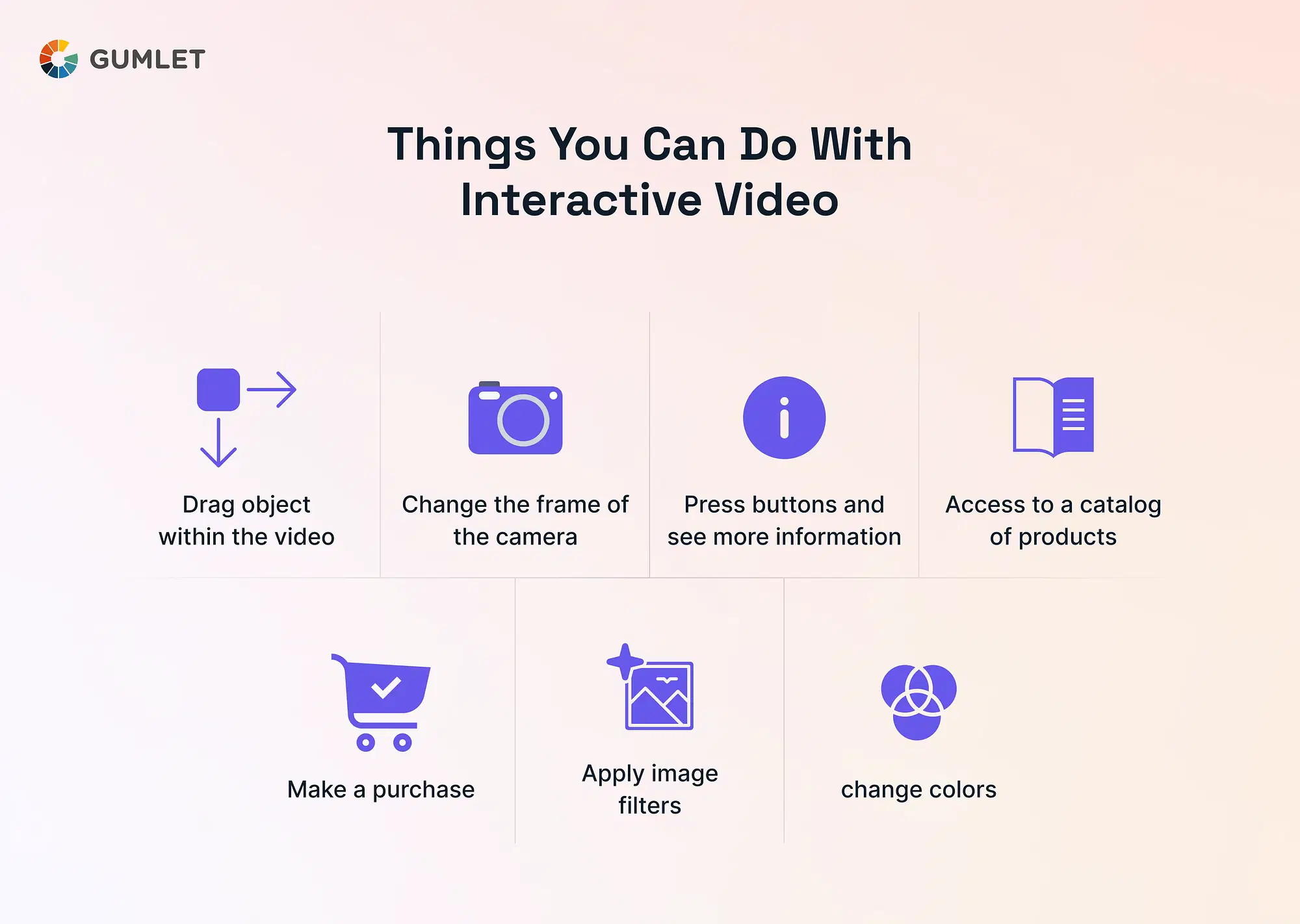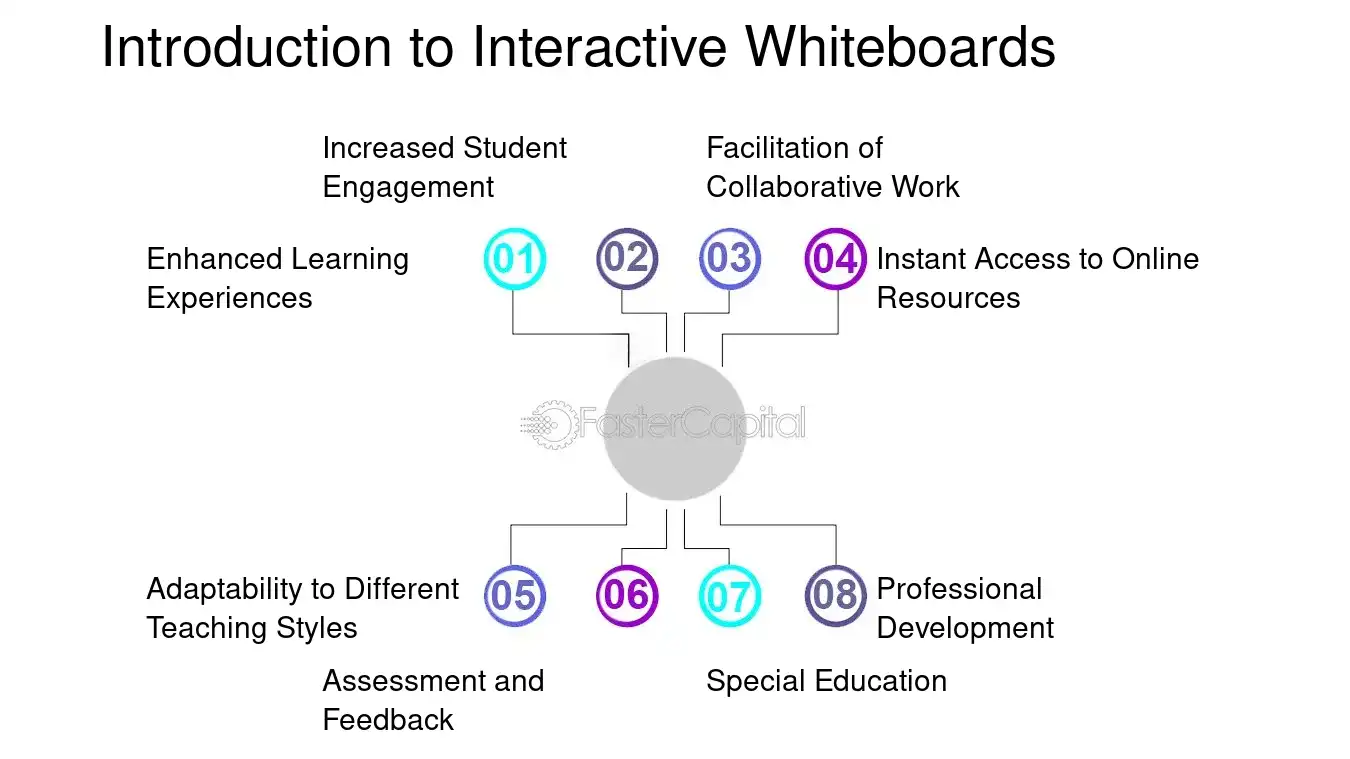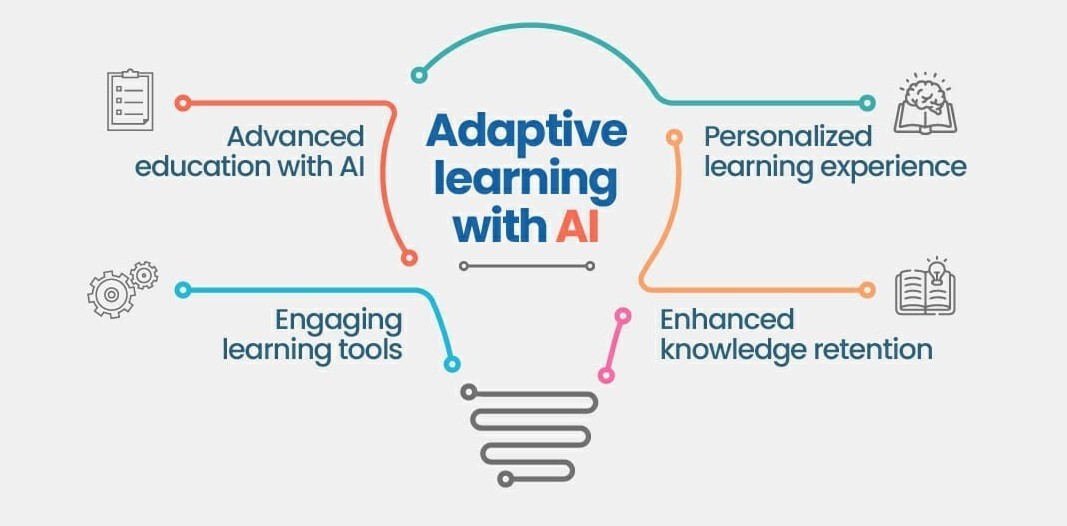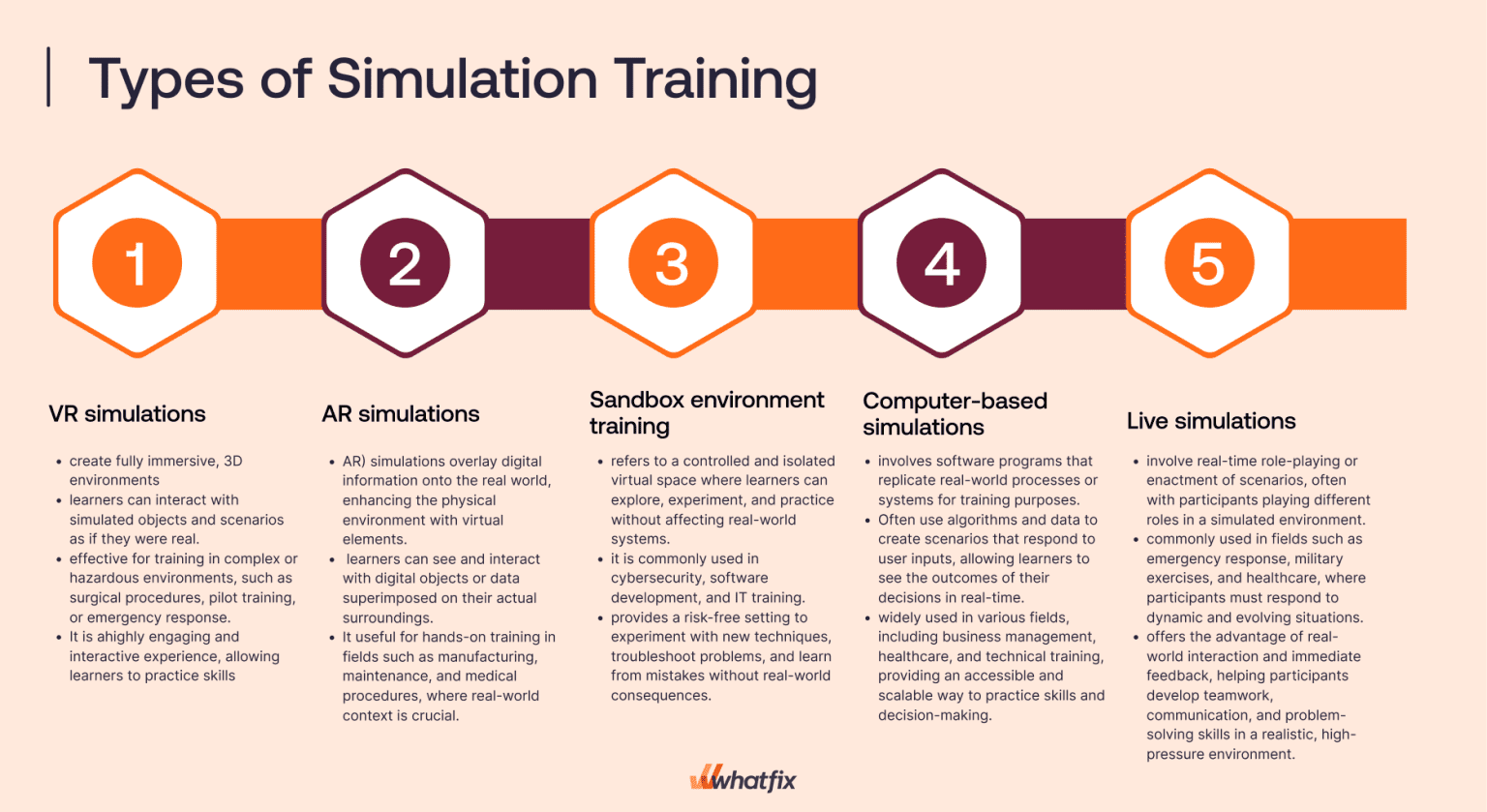Understanding the essential educational technology tools transforming digital learning experiences.
In today’s fast-evolving learning landscape, educational institutions and corporate training environments are increasingly turning to digital solutions to enhance learner engagement, retention, and performance. These educational technology tools—often referred to as EdTech tools—offer scalable, data-driven, and often interactive experiences that traditional methods can no longer match.
For B2B providers in the education and training space, understanding what is EdTech tools and how they can be integrated effectively is crucial. Whether supplying technology to schools, universities, or professional training firms, the right EdTech tools can significantly impact client satisfaction, learner outcomes, and long-term partnerships.
What are EdTech Tools?
Educational technology tools are digital platforms and applications developed to facilitate, enhance, and streamline the teaching and learning process. These tools cover a broad spectrum—from learning management systems (LMS) and collaborative platforms to immersive virtual reality (VR) and artificial intelligence (AI)-driven personalisation.
Whether you’re exploring educational technology tools for teachers who need to manage classrooms effectively, or educational technology tools for students to support self-paced learning, the goal remains the same: to make education more interactive, personalised, and accessible.
Common categories include:
Why Interactivity Matters in Modern Learning
The days of passive slide decks and monologue-style lectures are fast becoming outdated. Today’s learners—whether in a university lecture hall or corporate boardroom—expect engagement. B2B EdTech providers must embrace this shift towards interactive learning design.
Interactive educational tools aim to:
- Improve knowledge retention through active participation
- Boost learner engagement with feedback and gamified progress
- Enable personalised learning experiences based on performance data
This emphasis on interaction is especially vital in remote and hybrid learning models where physical presence is replaced by digital presence.
1. Learning Management Systems (LMS) with Built-In Interactivity
Source: Paradiso
A Learning Management System is a software platform that delivers, manages, and tracks educational content and learner progress.
Modern LMS platforms like Moodle, Canvas, and TalentLMS have evolved beyond simple content delivery systems to incorporate a range of interactive elements that enhance learner engagement. These include gamification features such as points, badges, and leaderboards; discussion forums and collaborative tasks that promote peer interaction; interactive quizzes with instant feedback loops; and comprehensive learning analytics dashboards that help track progress and identify learning gaps.
Benefits for B2B providers:
- Scalable across departments or entire institutions
- Centralised learner data and content
- Seamless blended learning (online + in-person)
- Improved instructor oversight and performance tracking
💡 Adoption Tip: Choose platforms that integrate easily with third-party tools (e.g., Zoom, Google Workspace) and offer onboarding support for educators.
2. Gamification Platforms
Source: Spiceworks
Gamification brings game-like mechanics—such as leaderboards, point systems, badges, and quests—into the learning environment to make education more engaging and enjoyable. It transforms traditional lessons into interactive experiences that reward participation and progress.
Popular platforms like Classcraft, Kahoot!, and Quizizz are well-loved examples of educational technology tools for students. These platforms drive motivation through healthy competition and instant feedback.
Benefits for B2B providers:
- Increases learner engagement and completion rates
- Provides instant feedback and performance metrics
- Encourages repeated practice through play
💡 Adoption Tip: Ensure that the game elements align with learning outcomes. Overemphasis on entertainment can dilute educational value.
3. Virtual and Augmented Reality (VR/AR) Tools
Source: Cyanna
Immersive technologies like virtual reality (VR) and augmented reality (AR) are no longer futuristic concepts—they’re actively transforming education and training across sectors such as STEM, medical education, and manufacturing. These tools offer experiential learning opportunities that are far more engaging than traditional methods.
Platforms such as zSpace and Merge EDU deliver 3D, interactive environments where learners can explore human anatomy in detail, conduct virtual science experiments, or operate complex machinery in a simulated setting—all without real-world risks. This hands-on, visual approach not only boosts engagement but also helps improve retention and understanding of complex concepts.
Benefits for B2B providers:
- Risk-free environments for practical learning
- Highly engaging and memorable experiences
- Ideal for complex subjects and technical skills
💡 Adoption Tip: Pilot VR/AR initiatives with small cohorts to measure effectiveness before scaling. Consider hardware accessibility and the cost of implementation.
4. Interactive Video Learning Platforms
Source: Gumlet
Interactive video platforms transform passive video consumption into dynamic, active learning experiences that foster deeper engagement. Instead of simply watching content, learners are prompted to interact with it in real time through activities such as answering questions, making decisions, or exploring alternative scenarios.
Tools like Edpuzzle and Kaltura enable instructors to embed quizzes, clickable prompts, and branching decision paths directly into video materials, encouraging viewers to think critically and make choices as they watch. This approach not only enhances engagement but also allows educators to assess understanding and personalise learning based on how students interact with the content.
Benefits for B2B providers:
- Turns passive viewers into active participants
- Offers personalisation based on learner choices
- Provides data analytics to inform future content
💡 Adoption Tip: Leverage engagement data to understand drop-off points, refine instructional design, and personalise content delivery.
5. Collaborative Whiteboards and Workspaces
Source: Faster Capital
In hybrid or remote learning environments, digital collaboration tools play a vital role in keeping learners connected, engaged, and actively involved in the learning process. These tools bridge the physical distance by enabling real-time interaction and participation, no matter where learners are located.
Platforms such as Miro and Explain Everything function as virtual whiteboards, supporting group activities, collaborative brainstorming sessions, and live discussions. They allow users to co-create content, visualise ideas, and contribute simultaneously, making learning more interactive and inclusive, especially in distributed teams or classrooms.
Benefits for B2B providers:
- Encourages collaboration and peer-to-peer learning
- Builds communication and problem-solving skills
- Supports project-based and flipped classroom models
💡 Adoption Tip: Train educators to facilitate collaboration effectively and integrate these tools within curriculum planning.
6. AI-Powered Adaptive Learning Platforms
Source: Aman Kumar
AI in education revolutionises learning by enabling personalised journeys that adapt to each student’s needs. By analysing data in real-time, AI-driven tools can assess individual progress and adjust content accordingly, ensuring that every learner receives the right level of challenge and support.
Tools like Smart Sparrow, Knewton, and Squirrel AI leverage machine learning to create customised learning pathways, taking into account a learner’s strengths, weaknesses, and pace. This adaptive approach not only enhances engagement but also helps optimise learning outcomes by providing a more tailored, effective educational experience.
Benefits for B2B providers:
- Real-time feedback and adaptive difficulty levels
- Addresses individual learning gaps efficiently
- Scalable for large groups without sacrificing personalisation
💡 Adoption Tip: Ensure content is modular, structured, and tagged appropriately to optimise AI performance.
7. Simulation and Scenario-Based Learning Tools
Source: WhatFix
Simulation tools create immersive, risk-free environments where learners can apply theoretical knowledge in realistic scenarios. These are especially useful in healthcare, science, and corporate training.
For instance, Articulate Storyline supports custom soft skills simulations, Labster offers virtual science labs, and ELB Learning enables scenario-based content development. By mirroring real-world challenges, these tools enhance engagement and build learner confidence before real-life application.
Benefits for B2B providers:
- Enhances decision-making and problem-solving skills
- Safe environment for learning from mistakes
- Replicates real-world pressure and complexity
💡 Adoption Tip: Collaborate with subject-matter experts to design accurate and effective simulations.
Final Takeaways
For B2B EdTech providers, selecting the best educational technology tools isn’t just about offering the latest technology—it’s about aligning tools with the goals of educational institutions and the needs of diverse learners.
Key considerations include:
- Matching tool functionality with specific learning outcomes
- Supporting educators through training and professional development
- Using feedback loops to iteratively improve both content and delivery
- Embracing data to refine personalisation and effectiveness
Whether you’re focused on new educational technology tools or well-established platforms, the right selection and implementation can make all the difference. As institutions and enterprises continue to embrace digital learning, B2B providers must remain agile, informed, and responsive to evolving educational demands.


